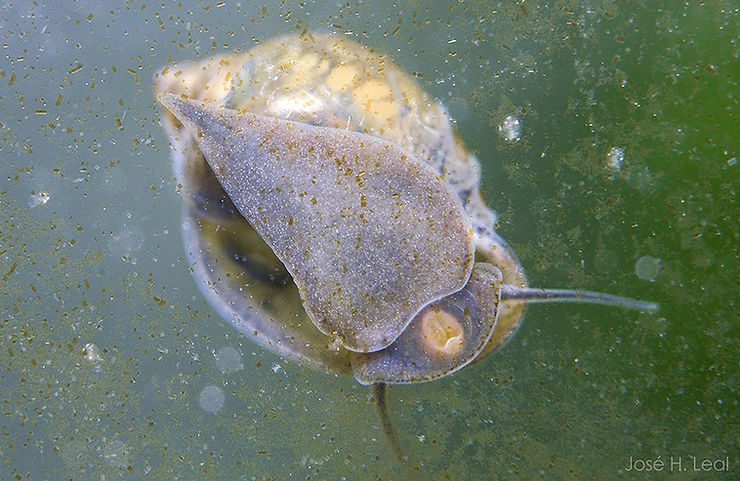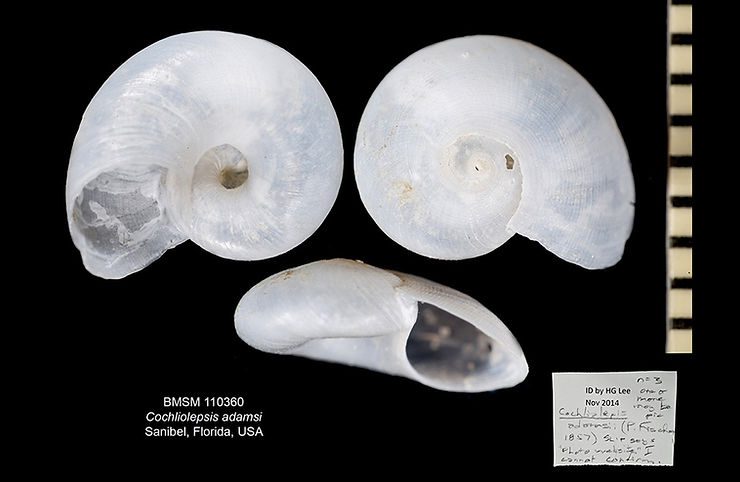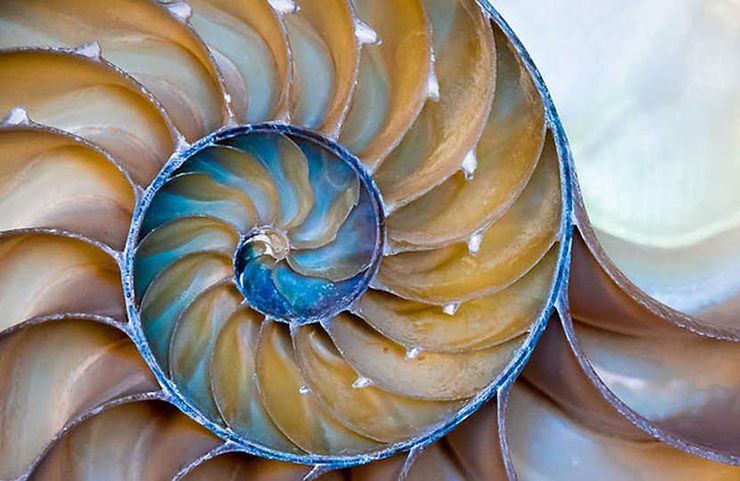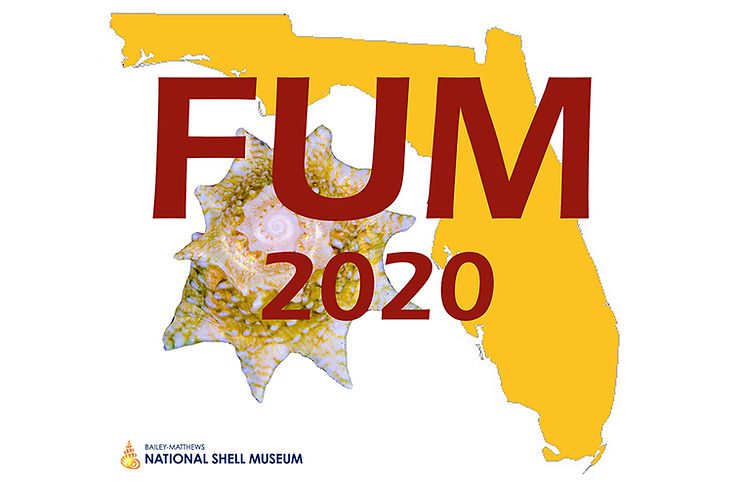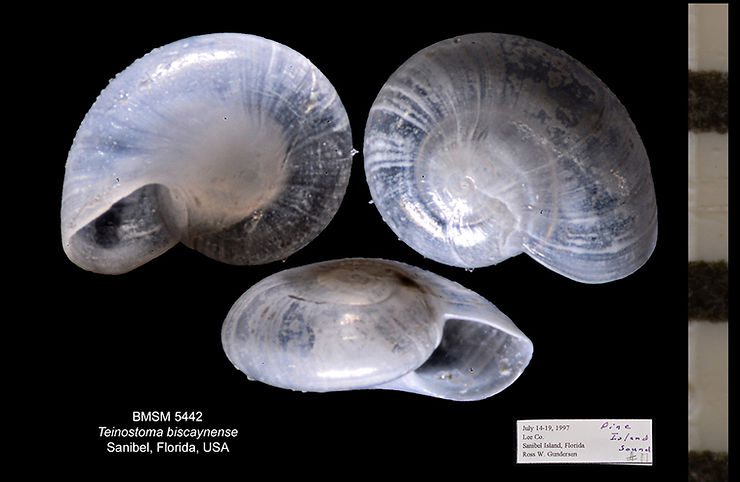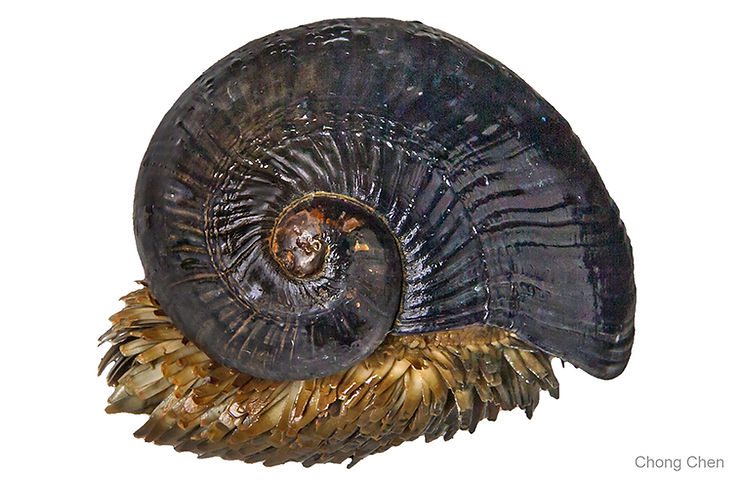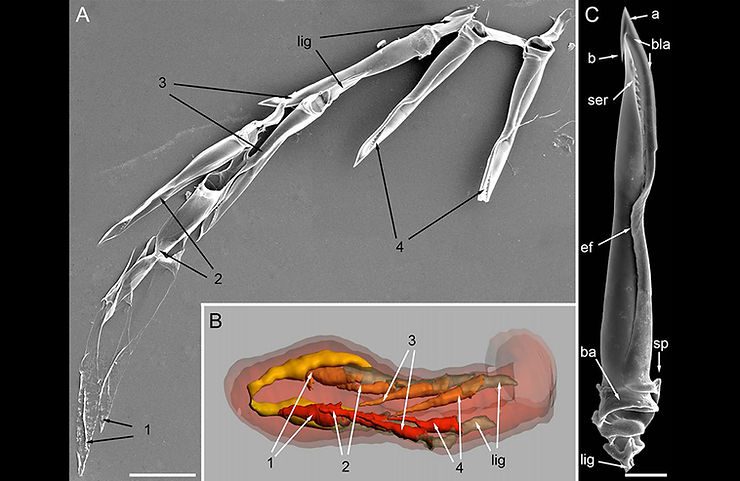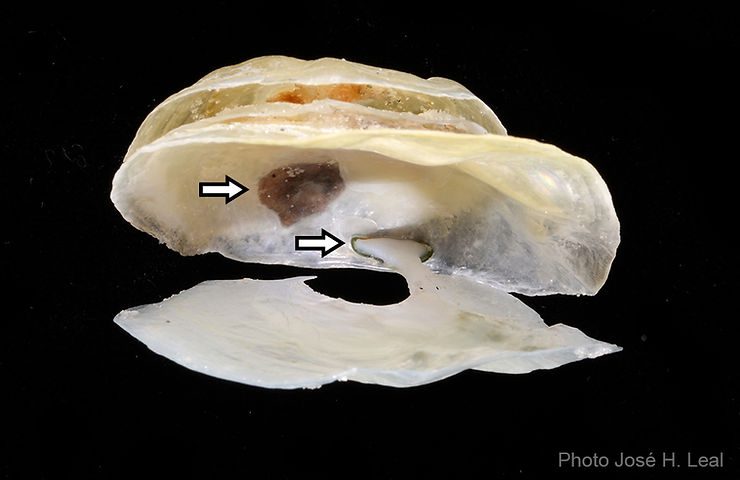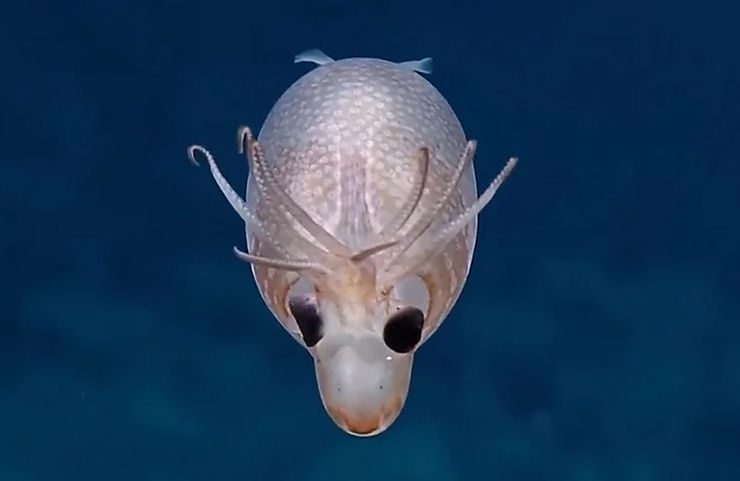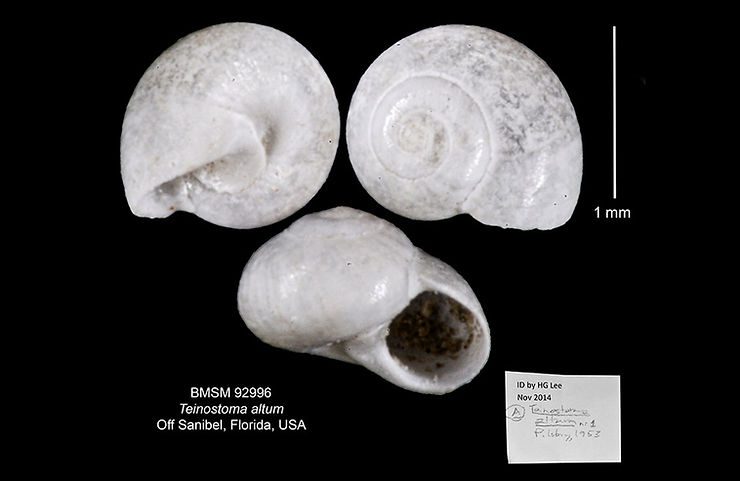
Shell of the Week: High-spired Vitrinella
Teinostoma altum Pilsbry, 1953, is another member of the microgastropod family Tornidae with ample distribution in Florida and the Gulf of Mexico. Shell size up to 2.2 mm (about 0.09 inch) in diameter. As the scientific and common names of the species indicate, the shell has a tall spire, resembling a miniature moon snail (family Naticidae). The shell lacks any sculpture except for microscopic growth lines. The protoconch sunken within the remainder of the shell. The umbilicus is shallow. Full
